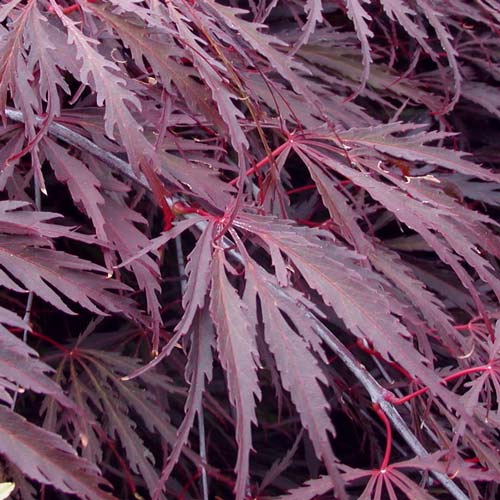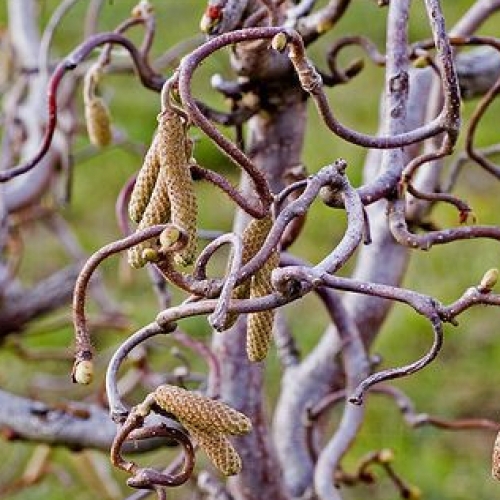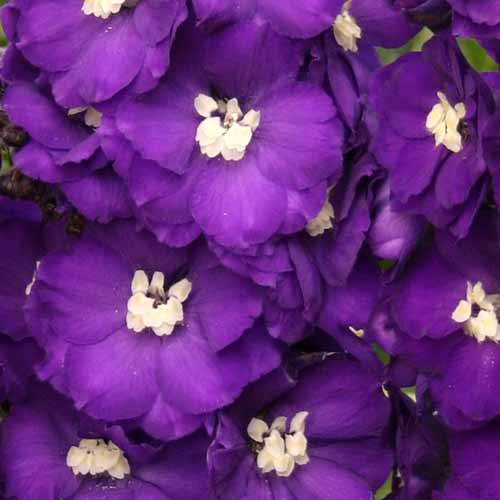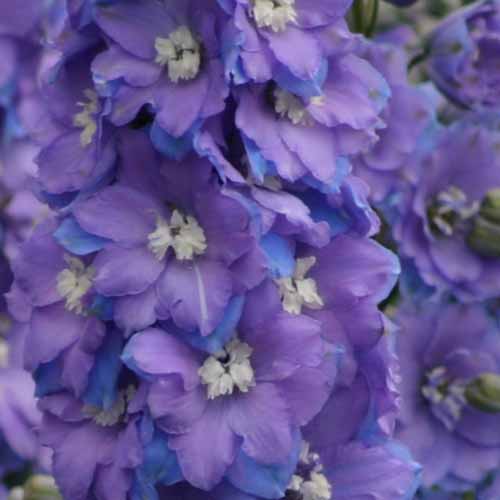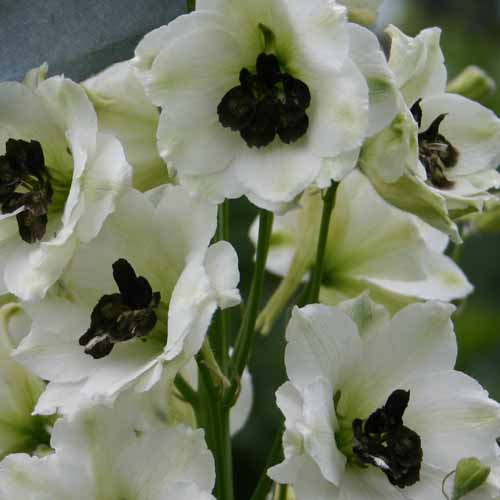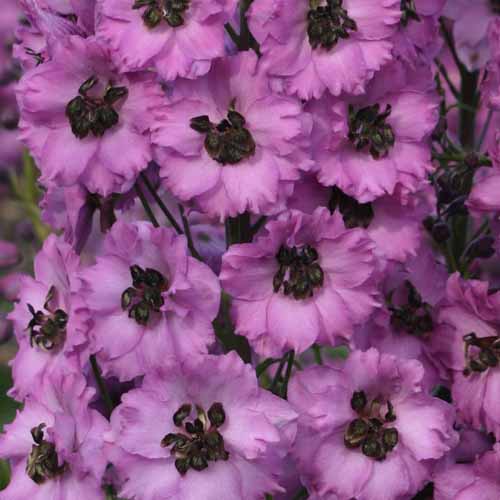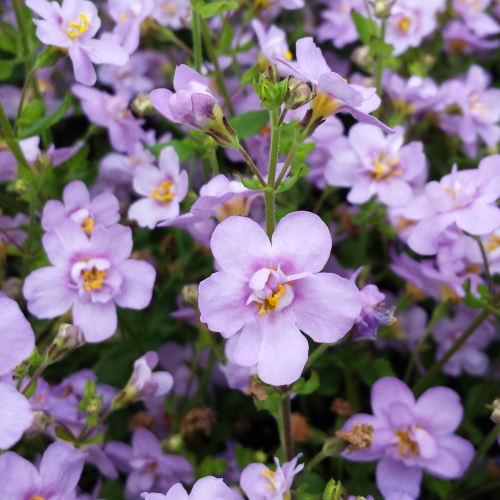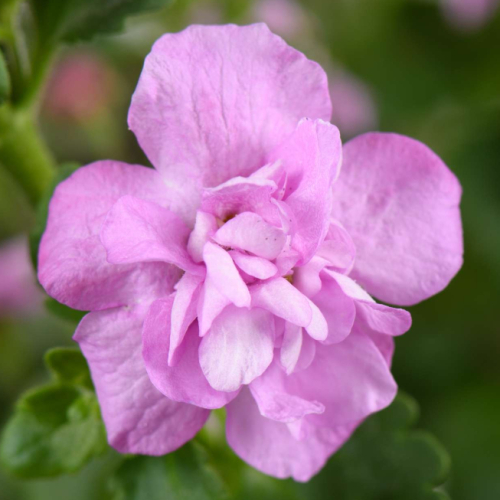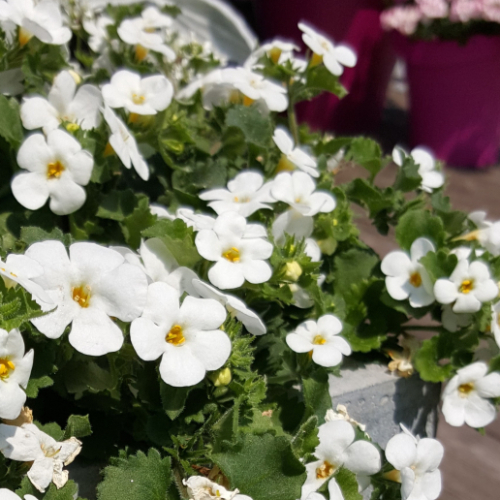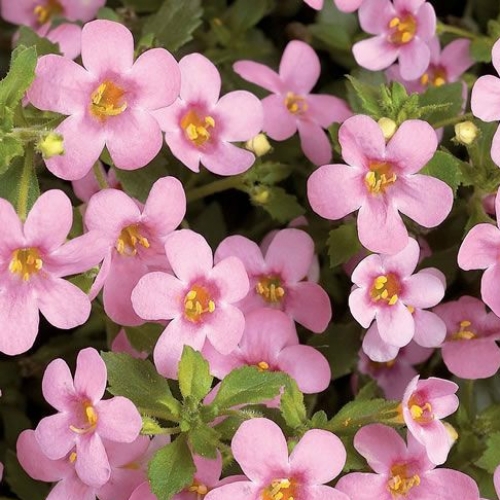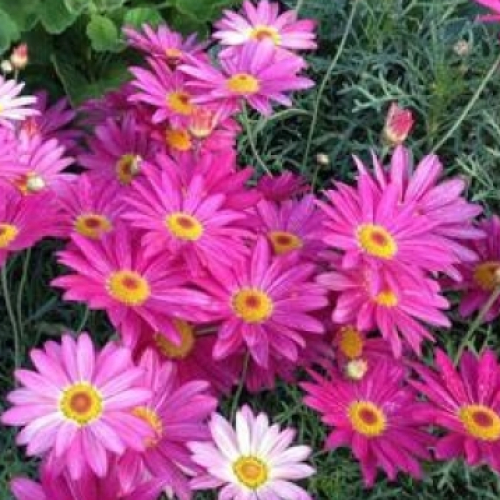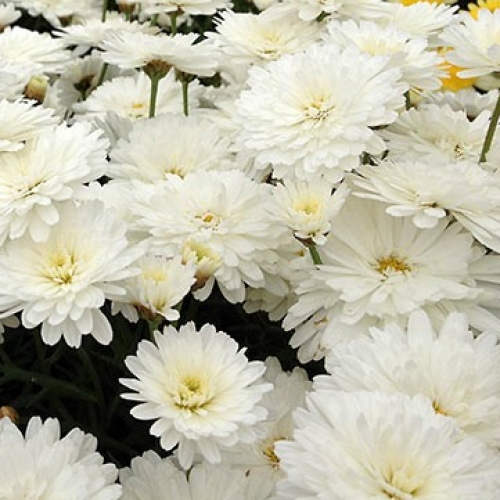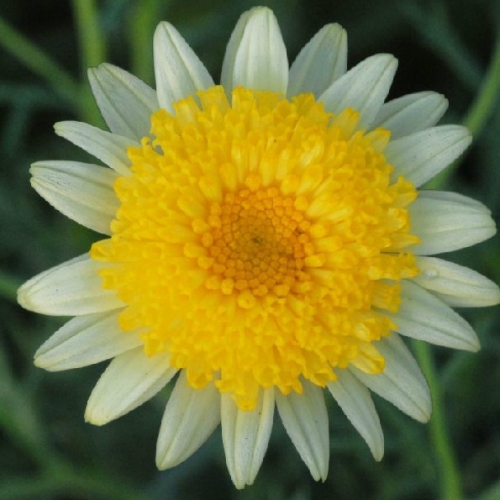Saturday 23rd August, 2025
Hi
Avenue Trees by Tracy
On the way into work every morning I pass through an avenue of
Tilia platyphyllos or Broad Leaf Limes. These are not the sort of limes which you use in your Margaritas, LOL, but rather a deciduous tree which can grow up to 20 metres tall. These trees create a high corridor which has been planted with the need to allow trucks and vehicles to drive underneath in mind. In the summer, on a baking hot day, these Tilia create a shady and inviting tunnel. I love the look of the trees on either side of the concrete, softening and adding texture and a air of mystery and anticipation. Where do they lead?? That's one of the great things about planting a garden; adding dimensions to the space or creating rooms which are hidden until you are in the midst of a new vista.
When we were overseas there were several well known and grand avenues which had this 'Wow' affect. Both of these pictured below: The Avenue de Paris leading to Versailles Palace and The Mall leading to Buckingham Palace, are planted with
London Plane Trees (Platanus Acerifolia). Given the scale of the road, Plane trees work well as they can get massive (London Plane 20-30 m). If you want to see an example of a mature tree, there's a huge Plane tree in the grounds of Woodlands Estate, which is on Whitikahu road not far from us in Gordonton.


Another popular avenue tree, but on a more personal scale, are the
Flowering Cherries, particularly our high work (H/W) varieties which don't have any branches from the ground up to the graft (usually 1.8 m). If you drive through the Waikato in late August/early September you can't miss
Prunus Awanui flowering everywhere with its cotton candy halo of flowers. If you come into the nursery in late September you will see our avenue of Awanui trees planted on both sides of the nursery and on a windy day will be treated to a snow shower of pale pink single petals on the air.
Prunus Awanui is a cultivar (cultivated variety) of
Prunus Yedoensis. The origins of this cherry are that it is named after the city of Edo in Japan (which was renamed as Tokyo). In Japanese, Edo refers to an estuary or bay entrance which is where Tokyo (Edo) is located. The name had been anglicized to Yedo which is how it came to be added to the species in this case meaning 'from Yedo'. The
Yedoensis cherry tree has a lovely form, being broad and not too tall and is also very free flowering, making it the perfect parent from which to breed other cherries. It is also one of the first cherries to flower and has another important characteristic in that it will flower in more temperate conditions i.e. where it's warm rather than super cold in the Winter, making it suitable for places from Hamilton northwards.
Other Yedoensis children include
Prunus Te Mara which has single pink bells of blossom which decorate the bare branches in late winter and are full of nectar that birds love. The new green foliage colours well in the autumn.
Mountain Haze is an outstanding flowering cherry; masses of white pink blossom smother this dome shaped tree. Massed clusters of densely petalled, double flowers in shades of white to soft pink is the main feature of this unusual cherry. The hanging clusters of blooms are dotted throughout the tree.
New in this week
Lloyd's going to kill me for making the newsletter too long but there are some choice new plants in stock which I just have to mention...
New Jury Magnolias: There are three brand new and fabulous releases from the talented Jury family in the same breeding program that produced favourites such as
Vulcan,
Black Tulip, Honey Tulip. This is a New Plymouth based breeder has a very careful selection process ensuring only the best new hybrids are released.
Ruby Tuesday is an improved form of Vulcan, retaining its rich red colour throughout the (long) flowering season, flowering from a young age and a little later in the season which suits very cold climates to get the best show from your tree. The breeder describes it as "garden friendly" as it still a tree but a little smaller than its parent.
Ab Fab is the next new selection from Mark Jury. This one is stunning as a it has a huge white bloom with just a touch of pink at the petal base. It's the only white magnolia Mark has named and will form a taller, upright tree. Finally there is
Dawn Light. The Jury's crowd sourced the name for this one as it is hard to describe the colour. Depending on the light it is pink/purple with darker tones and forms a tall upright tree.
A Maple with a twist! For those who want something a bit different and a talking point for your garden or in a large pot, check out these cool
Maples.
Acer Flavescens (twist) and
Acer Tamukeyama (twist) have been trained by the grower over several years to form unusual twisted shapes which are now part of the tree. These Japanese maple varieties are dwarf, so won't get very tall but will create a neat silhouette in winter and spectacular autumn interest with the change of leaves. In summer you will be able to enjoy the soft finely dissected leaves in either green or red. If you want a plant with an even more twisted stem, and one that just grows naturally that way, then try a
Twisted Hazel (Corylus Avellana Contorta).
Lots of "Fluffies"
Here at the nursery we love all the plants but TBH the deciduous trees are not super exciting through the winter. We all hang out for the release of the pretty perennials which add colour and interest for spring and summer. And they are here now!
Delphiniums: Pretty as a picture in spectacular spikes of white, blue, purple, pink and mauve. These are the royalty of the perennial world as they tower over other shorter perennials in the border. The flower spike is called a raceme and in botanical terms it is actually a collection of flowers on one stem. Some species have racemes up to 2m tall, while the shortest ones only get 10cm tall. The Delphinium family is extensive with both annual and perennial types including larkspur which is an annual. The origin of the name is said to be that each individual flower looks like a dolphin (use your imagination for this one!). We stock Dowdeswell Delphiniums which are perennial and are shooting up now and available in 15 different colours, some of them with two tones.
Bacopa: For those interested in hanging baskets and garden pots Bacopa are a great little groundcover which flowers all spring and summer. Pretty flowers of pink, white, violet or blue cover the plant and the foliage is a fresh green. These are easy to grow in a sunny, frost free situation with good watering over summer. They are available in single and double flowering varieties and their trailing habit lends them to pots, planters or borders.
Federation Daisies: These guys make a splash in pots and planters, garden beds and raised beds because they are almost constantly in flower from September to March. A quick dead-head, regular fertiliser and plenty of water in the summer will see you rocking and rolling. Varieties include
Double Act,
Purity,
Honeycomb and
Starlight Red.
Ok I better wrap it up, but not before I mention that it's time to start feeding your plants; especially those in pots and containers. The soil is starting to warm up meaning that plants in the garden need an extra shot of nutrients to replace those which have been used up by the plant during the year. For Citrus this is especially important as you remove lots of nutrients when you harvest your delicious fruit.
Citrus fertiliser is high in potash which is the nutrient which helps with flower and fruit development. You will find your lemons and oranges are juicy if you feed regularly with fertiliser.
Equally true with
Roses because they produce many flowers, it's important to regularly feed with
fertiliser so they have the resources they need to continue with the flower display.
Slow release fertiliser is great because it releases small doses of nutrients to your plants throughout the growing season meaning you can sit back and enjoy the warmer weather.
Blood and Bone is great for plants which don't flower as it contains nutrients for leaf and root development but not flowers. This makes it perfect for hedges, natives and many deciduous specimen trees. Just keep your canine friends away or you will be filling in holes dug under your plants.
Of course this also means that the slugs and snails are going to have a field day on all the new and delicious (for them) new shoots. Protect your precious plants with
slug bait especially those soft perennials which are full of water and easy to nibble on. Examples would include
Liriope,
Hostas and
Delphiniums which sometimes get nabbed by those pesky gastropods (snails etc) before you have even noticed they are up. Spring has almost sprung!
It's such an exciting time in the garden with everything starting to 'move'. Sunny skies predicted for this weekend should be perfect for that tidy up and to enjoy natures fresh face.
Cheers from Lloyd, Tony and the Wairere team.


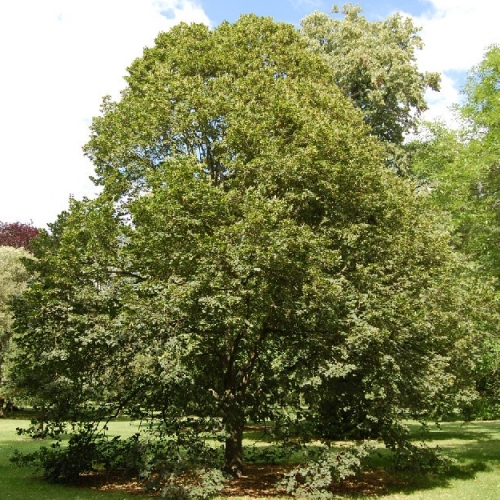
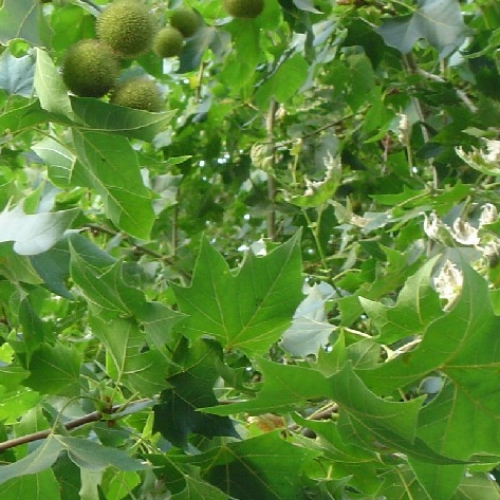
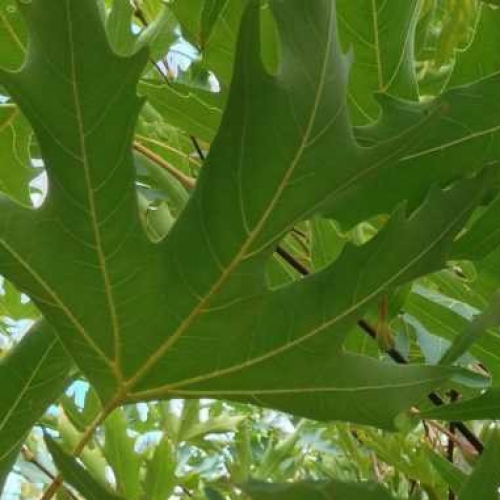
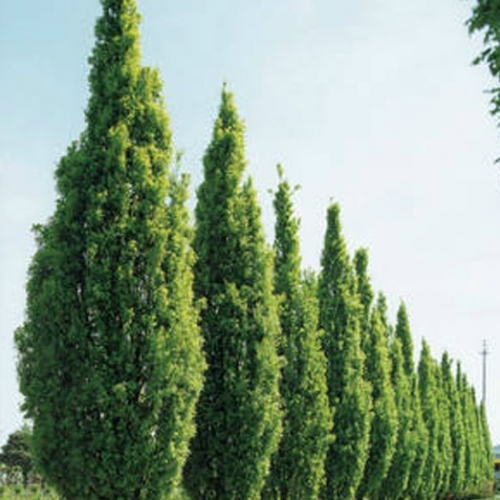
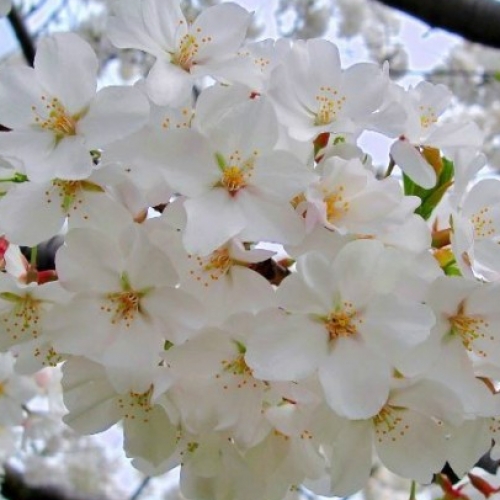
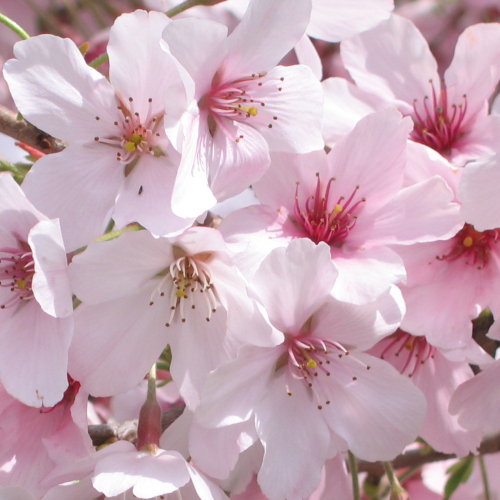
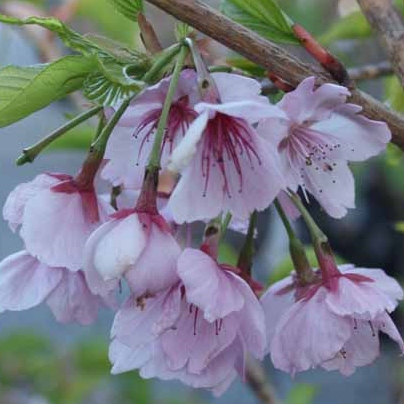
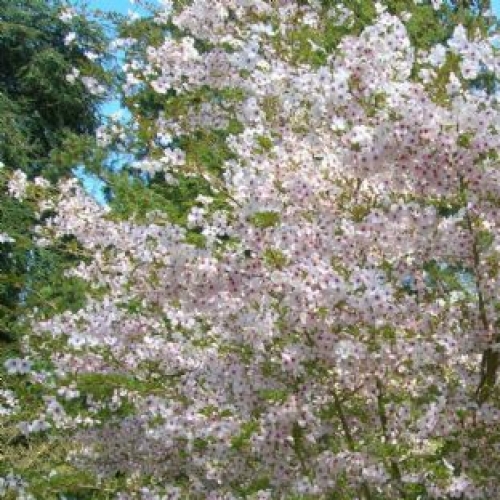
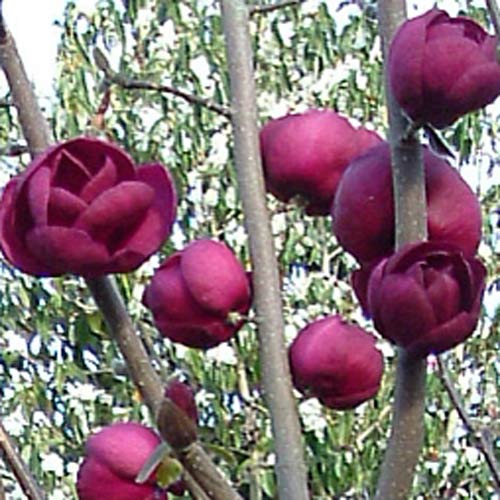
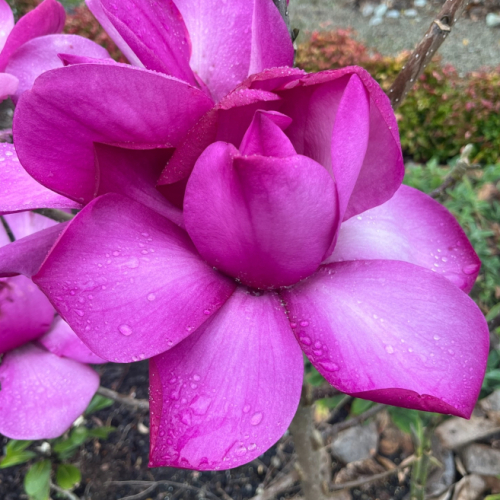
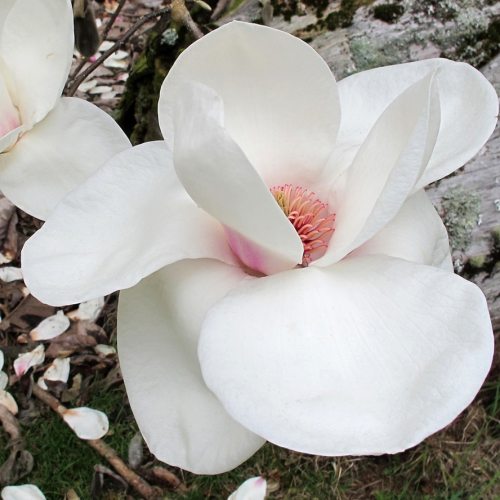
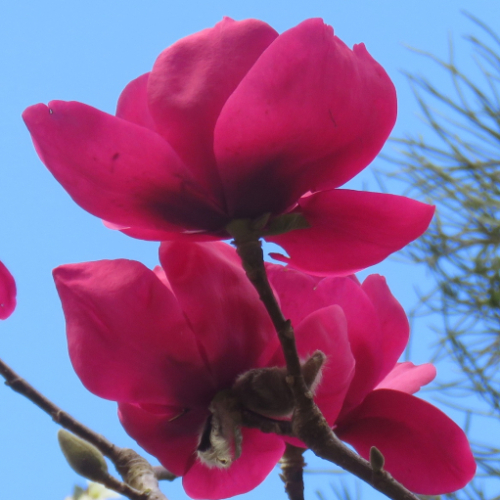
.jpg?t=1755823835)
.jpg?t=1755823853)
